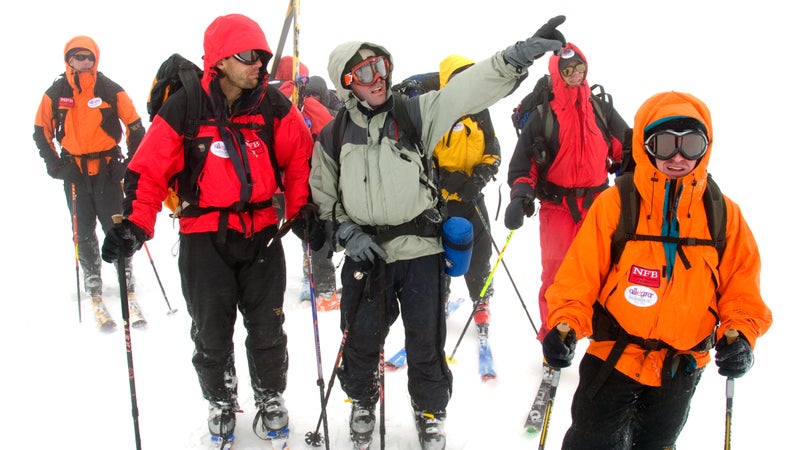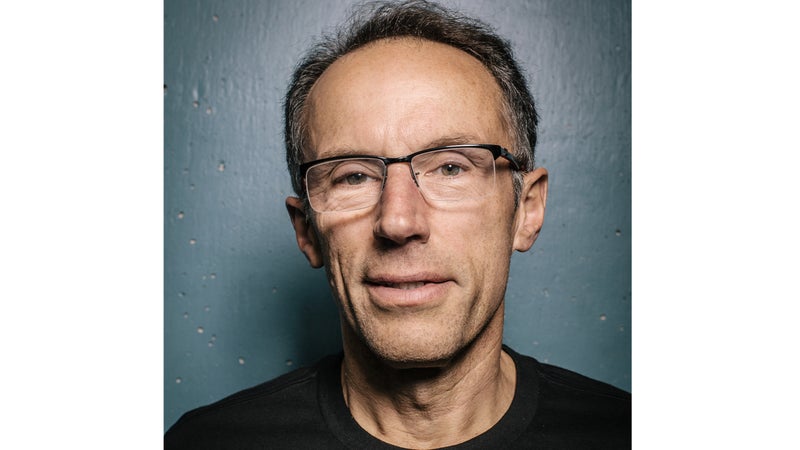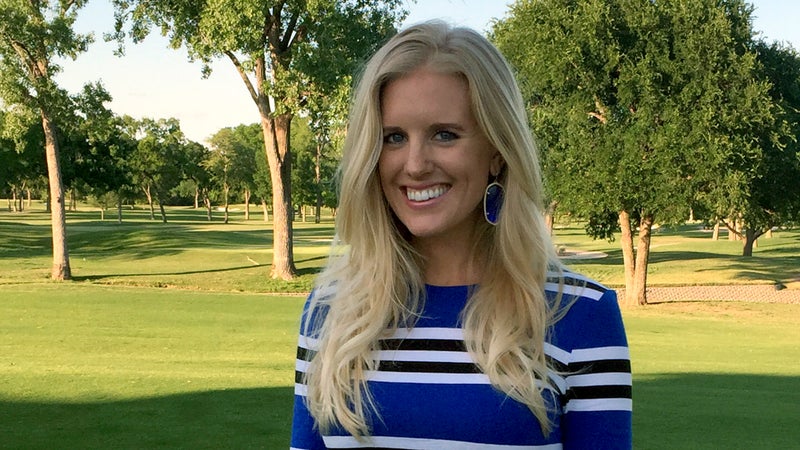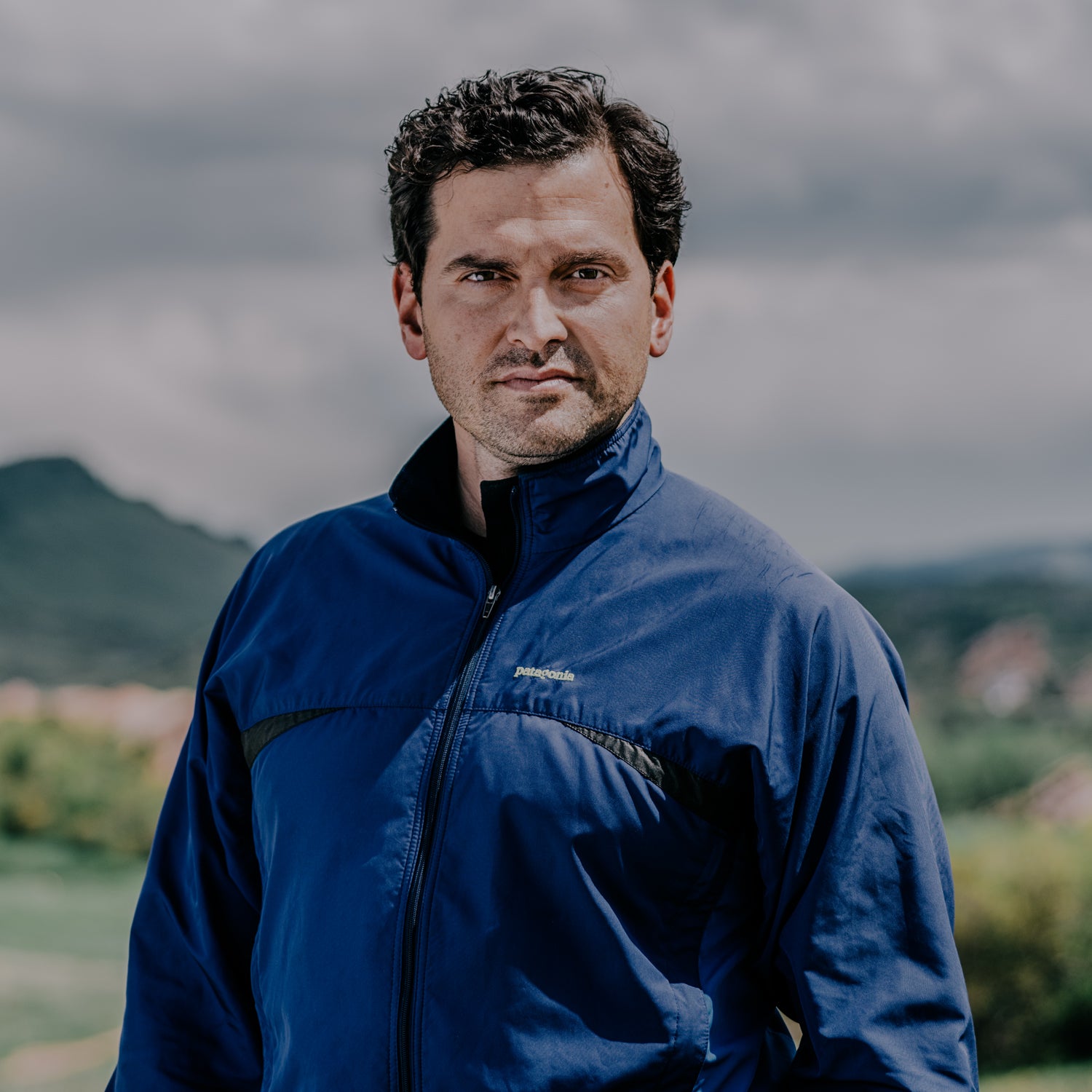Luis Benitez knows how hard it is to scale a mountain. The former Outward Bound instructor has made 32 successful attempts on the Seven Summits, six of those on Mount Everest. In 2001, he guided blind climber to the top of the world. But his current task may be his toughest yet: Benitez, 42, is the first director of Colorado’s new Outdoor Recreation Industry Office. He is tasked with making sure that stuff like hiking, paddling, fishing, and climbing are prioritized in planning for the state’s future.��
Colorado governor John Hickenlooper created the post in 2015 as part of the Office of Economic Development and International Trade, later saying, “Outdoor activity deepens our respect for, and stewardship of, the beautiful natural spaces that set our state apart from any other.” Benitez was an obvious choice. Born to an American mother and an Ecuadoran father, he spent his youth stocking shelves at his grandfather’s outdoor shop in St. Louis and climbed 19,347-foot Cotopaxi at age 14. (Wanting to “throw up the whole way from altitude sickness,” he says.) He signed on with Outward Bound during college and became a mountain guide in 2000.��

From 2013 to 2015, Benitez served on the town council in Eagle, Colorado, and he teaches leadership seminars at the University of Pennsylvania’s Wharton School of Business. But Jessica Wahl, a lobbyist for the (OIA), in Boulder, says it’s his climbing résumé that opens doors when he visits representatives on Capitol Hill. “Most times when you go to meet with members of Congress, you get their staff instead,” she says. “But he gets almost all member meetings.”
That sort of influence is exactly why Colorado, Utah, and Washington have each created an outdoor-czar position in the past four years. It’s an acknowledgement of the economic power of an industry that includes ski resorts, gear manufacturers, retailers, and hunting and fishing guides. For decades those groups have failed to coordinate their lobbying efforts, and their political power has gone unrealized. Can leaders like Benitez unite disparate tribes into a disciplined bloc of stakeholders strong enough to take on Big Coal and Big Oil?
Can leaders like Benitez unite disparate tribes into a disciplined bloc of stakeholders strong enough to take on Big Coal and Big Oil?
One thing is certain: it needs to happen soon. The armed takeover of Oregon’s Malheur Wildlife Refuge in January was only the most visible element of what many see as a war over public lands—be it trout streams or mountain-bike trails. Political conservatives are actively working to transfer national forests and wildlife refuges to state and local control in order to clear the way for logging, drilling, mining, or an outright sell-off of prime parcels.��
At the state level, right-wing groups including the and , backed by the billionaire Koch brothers, are pushing legislation to do the same. In 2015 alone, there were 36 such bills introduced in states like Idaho, Oregon, and Wyoming. Last year, when it came time to renew the Land and Water Conservation Fund, which helps organizations and governments purchase and preserve land, Tea Party congressmen and senators let it expire because it often increases federal landholdings. (It has since been re-upped for three years, thanks in part to the efforts of people like Benitez.) “These lands belong to all of us,” says former senator Mark Udall of Colorado. “We have a unique American birthright. Teddy Roosevelt stood tall and established our special American ethos tied to our public lands.”
The good news is that the outdoor industry is a sleeping giant. In 2012, the OIA estimated its value to be as large as $646 billion, which means it pumps more money into the American economy than either the auto or pharmaceutical industries. And in a hostile political climate, economics may be the only common ground. “Republicans and Democrats both care about outdoor recreation, and both care about business,” says Benitez. (A bipartisan bill, championed by Benitez and the OIA, would require the Bureau of Economic Analysis to officially measure the size of the industry.)
Unfortunately, too many segments of the outdoor industry have a history of squabbling: ski resorts and backcountry skiers have spent a decade yelling at each other in Utah’s Wasatch Range; kayakers and wildlife enthusiasts are battling over access to Yellowstone’s rivers; and the mountain-biking community and hikers are at war over wilderness areas.��
“We are a mile wide and two inches deep,” says Steve Barker, founder of gearmaker Eagle Creek and a former OIA director. “It’s a lot easier to organize a homogenous group like the oil industry.” In addition, outdoor adventure tends to be rooted in rebellion, and that remains an essential part of many businesses’ DNA. “Most of the companies were founded by dirtbags proud to be dropping out of the mainstream,” Barker says.��

The industry has occasionally flashed signs of its potential. Yvon Chouinard’s Patagonia has long taken an activist stance and recently succeeded in advocating for issues like dam removal in the Pacific Northwest. Black Diamond’s Peter Metcalf once threatened to pull the trade show—the largest gathering of equipment sellers and manufacturers in the U.S.—from Salt Lake City, in response to efforts by the Utah state government to remove protections from public lands. (The governor backed down.)
By 2013, Metcalf and others convinced Utah governor Gary Herbert to create the nation’s first Office of Outdoor Recreation, a tacit acknowledgement of the industry’s significance in the state. “The reason that Goldman Sachs and Adobe are adding jobs in Salt Lake City isn’t for the tax breaks. They know their employees will want to recreate here on the public lands,” says Metcalf. That this kind of position was first created in Utah is equally important. “Utah is the birthplace of a lot of cancerous ideas about public-lands transfer,” says Metcalf.
The man Herbert hired was Brad Petersen, a former Intel executive and an avid climber, boatman, and mountain-bike racer. Petersen quickly began lobbying Utah politicians during multi-day expeditions—while riding Canyonlands -National Park’s 103-mile White Rim Trail, rafting Cataract Canyon, and leading a group that included Utah Senate president Wayne Nieder-hauser up Exum Ridge, a classic climb on Wyoming’s Grand Teton.
“If we’re paying $646 billion into the economy, we’d like to see a return on our investment,” says Eagle Creek founder Steve Barker.
In April 2015, Petersen’s efforts paid off. His first piece of legislation—an attempt to create a membership-card program to cover backcountry-rescue costs—had stalled out. Friends told Petersen that it was rare to get a bill passed in its first year. “That wasn’t good enough for me,” he says. After putting his kids to bed, he headed to the capitol at 10 P.M., made his way to the floor, and found Senator Niederhauser, who he had belayed across Wall Street—a wide, nervy step over a 1,000-foot plunge on the Exum route. The senator moved the bill to the top of the slate, and it passed unanimously.
Leaders like Benitez, Petersen, and Jon Snyder (who holds the same post in Washington State) aren’t just glorified guides, though. They’re working to bring together disparate parts of the outdoor world. Last year, Benitez created a 24-member advisory council consisting of gear manufacturers, land-management agencies, conservation groups, hunters, mountain bikers, and motorized-vehicle enthusiasts. The goal: to find common ground on potential wedge issues like wilderness access and trail repair in an era of strangled Forest Service budgets. “It’s been valuable to have people from so many different camps together in one room,” says Jason Bertolacci, former Colorado and Wyoming director for the .��
The presence of these outdoor czars within their state capitols also gives them a seat next to the heads of extraction industries. Petersen’s influence was clear during the creation of the , in which local hikers and mountain bikers worked out compromises with the BLM to reduce the impact of drilling near Canyonlands National Park. It’s just the first indication of the muscle they could flex. “Benitez and the outdoor industry can’t be shy,” says former senator Udall. “They have an impressive story to tell. They need to come armed with economic success stories as well as successful businesspeople.”

The OIA recently began bringing industry leaders to D.C. for an annual summit—this year the group included Benitez and 80 business owners and executives. Their message has increasingly shifted from trade issues to conservation ideas. “If we’re paying $646 billion into the economy, we’d like to see a return on our investment,” says Barker. They also hired Wahl, a former Department of the Interior staffer, to lobby full-time for access and conservation issues. Even more significant, when Metcalf retired as Black Diamond’s CEO last year, he joined the board of the Salt Lake City branch of the Federal Reserve Bank of San Francisco, where he can operate from within the system.
While that kind of national-level work is important, Udall, Barker, and others say that the real battle over public lands will be won locally.
“When General Motors wants something done, they have the local dealer meet with their congressman,” says Luther Propst, a conservation consultant and chairman of the , an industry conservation and advocacy group. “Let’s take it further—have a hospital administrator meet with the congressman and tell him how important great trail networks are to attracting hotshot physicians.”
Petersen’s work in Utah followed this local-first blueprint. He spent the majority of his time in office meeting with mayors and county commissioners—the real power brokers in places surrounded by national forests and BLM land. Petersen reasoned that if they see the economic value of healthy public lands, they can be convinced to avoid destructive practices. “In Utah, elected officials don’t look at decisions through any other lens but economics,” he says.��
In fact, rather than hiring more lobbyists in D.C., Benitez would prefer that the OIA recruit regional personnel. Last year the office took a first step, bringing on a local recreation advisory manager to pursue the group’s conservation agenda outside Washington.��
“Every politician needs to understand the value of recreation, and every state needs a director of outdoor-recreation industry,” says Wahl. There’s good news on that front: This spring, Benitez flew to California and Montana to consult with officials about creating their own offices of outdoor recreation. (Montana did so in June.) When Petersen resigned his Utah post, the governor filled the position rather than let it wither. Former Petzl sales director Tom Adams began in February.
“It’s not just crazy enviros saying ‘Save the trees, save the rivers’ anymore,” notes Benitez. “It’s a multibillion-dollar industry saying it. That’s power that can influence policy.”
Frederick Reimers () writes about gear and travel for ���ϳԹ���.


